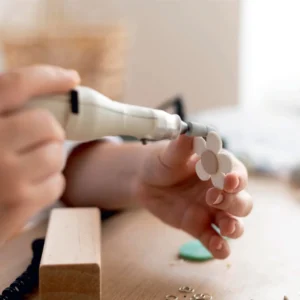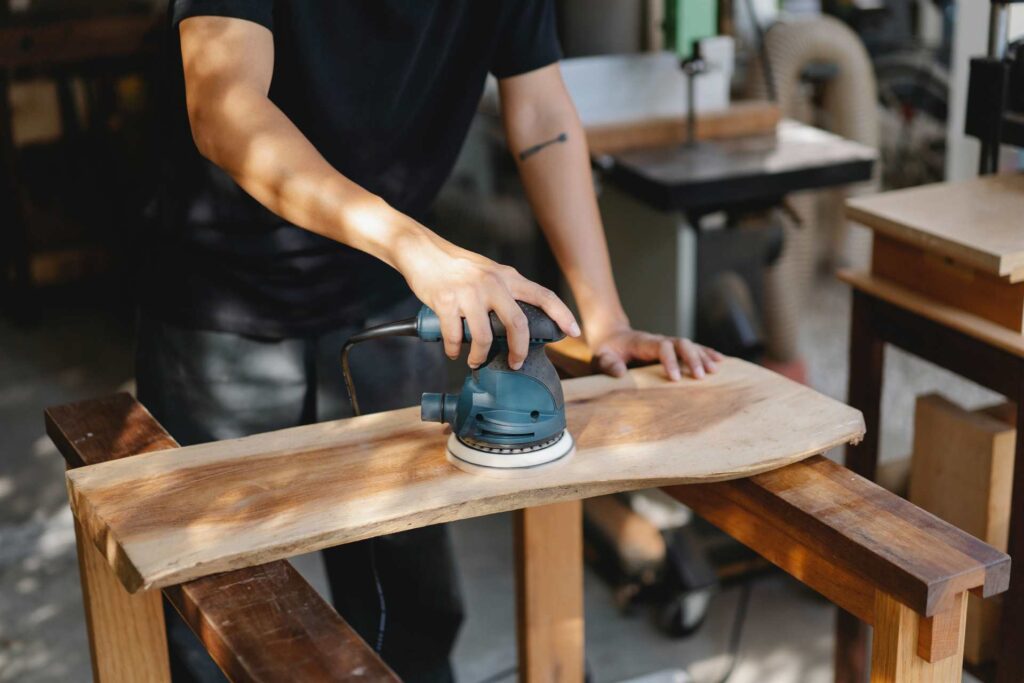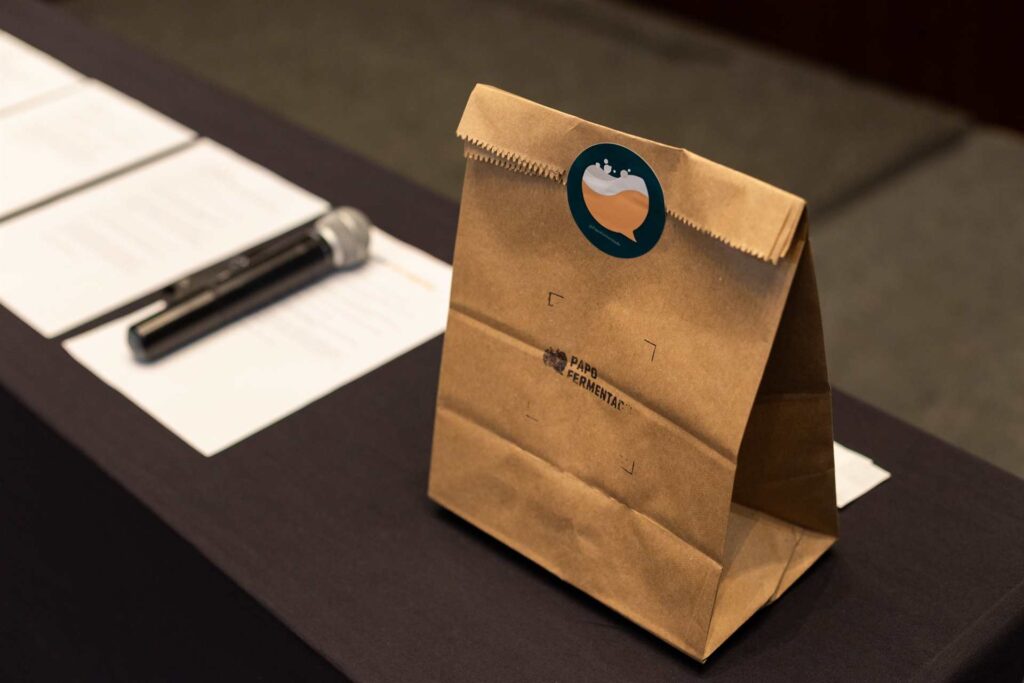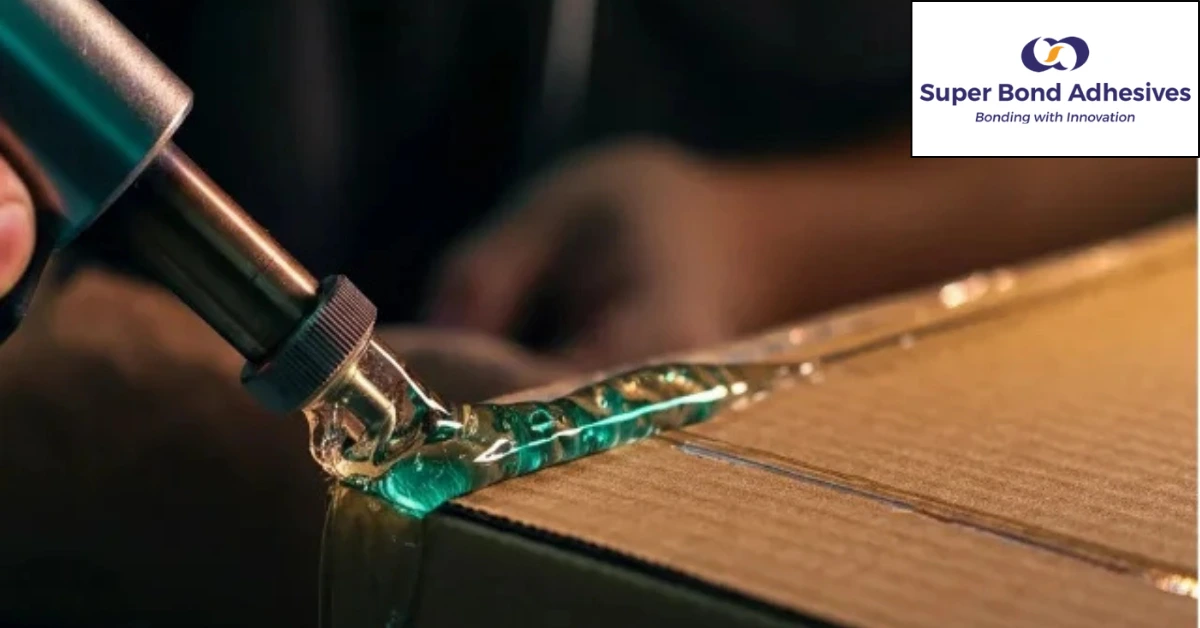Whilst there are many adhesive alternatives, HMPSA offers a quick, reliable, and cleaner bonding solution. Hence, manufacturers across industries prefer sourcing adhesives from HMPSA facilities to ensure top-quality bonding for their products.
In this blog, we will explore what exactly HMPSA is, how it works, and its applications:
What is an HMPSA?
Standing for Hot Melt Pressure Sensitive Adhesive, the very name implies it. HMPSA is a type of hot melt adhesive, one of the three main adhesive categories along with rubber-based (contact) adhesives and water-based adhesives.
Before jumping to Hot Melt Pressure Sensitive Adhesives (HMPSA), let us first understand Hot Melt Adhesives and their work.
Hot melt adhesives, often called hot glues, are solid thermoplastic polymers that require no water or solvents. Manufacturers sell them in solid form and melt them only when ready for application using hot melt equipment.
For example, glue guns, commonly used in arts, crafts, or simple household repairs can bond materials like wood, glass, and more with ease.

How HMPSA works?
- Once you fit it into the glue gun, the equipment activates it and it begins to melt in around 50 to 160 degrees Celsius. The user then applies it onto the desired surface in a completely molten form.
- Once applied, the molten adhesive flows over the surface and into the tiny cracks and pores to set up a bond.
- The adhesives start hardening even while it is forming the bond with the surfaces. While molten, the adhesive will create a bond with the surface. However, like with any adhesive, HMPSA or hot glue does its best job when it is solid.
- The usual way of application is to apply glue in a solid form. Users may roll the adhesives, but they mostly apply them using a glue gun or nozzle, which sprays or jets out molten glue. Depending on your application, you can put the glue down anywhere and in any shape-whether dots or lines, or spirals.
- Experts refer to adhesives that remain tacky after cooling as pressure-sensitive adhesives (PSAs), and PSAs bond surfaces with just the application of slight pressure. They are thus much preferable since they are stronger than regular adhesives that require time for curing and drying. HMPSA bonds right away, without requiring any external heat source during the application.
Adhesive manufacturers like Superbond typically supply HMPSA in solid form, which users must melt before application. They do this using hot melt application equipment consisting of :
- Rollers
- Nozzles
- Glue guns
Once heated, the glue will be a thick and sticky liquid ready to flow along the desired surface. The HMPSA activates under applied pressure, instantly forming a strong bond. It quickly cools and completely solidifies into a strong, durable, and permanent bond between materials.
Some Important Features
Pressure Sensitive
HMPSAs adhere quickly at room temperature with light pressure, making them ideal for labels and bonding tasks that demand speed and simplicity.
High tack
High tack ensures strong bonding between surfaces with minimal contact time.
Flexibility
As HMPSA adhesives perform well on different objects from rubber to bare metals, even some waxy surfaces, they are flexible in the sense that they support bonding of various shapes and surfaces down to a certain level. Thus, the shape, being not so rigid, allows it to conform, giving a perfect bonding interface.
Temperature Resistance
Most HMPSAs resist both high and low temperatures, which means they are adaptable to various environmental conditions..
Low VOCs
Compared to some other adhesives, HMPSAs usually emit a low level of volatile organic compounds (VOCs), thereby increasing their green appeal.
Quick Setup Time
HMPSA could deliver a faster set-up time compared to solvent or water-based adhesives, advantageous to high-speed manufacturing setups. Additionally, they dry very quickly.
Versatility
HMPSAs can be designed for various environmental and adhesion properties and thus find numerous applications, some of which are discussed ahead in this blog.
Good adhesion
HMPSAs provide adhesion to a variety of substrates, including hard-to-adhere-to items.
Permanent tackiness
Most HMPSAs keep almost the same amount of tackiness as originally provided at the time of application, which enables them to form permanent bonds.
Solubility
Sometimes, HMPSAs are soluble, hence cleaning or removal can be easy if so desired.
High softening point
They possess a high softening point, meaning higher temperatures can be resisted without an adhesive melting or losing its adhesion property.
Low cohesive strength
While good adhesion is exhibited, their internal bond strength level can be considered low, which might be beneficial in some areas where easy release is required.
Clean application
Does not leave a mess, unlike liquid adhesives.
Where is it utilized?
Being a very versatile product, it has found a place in almost every industrial manufacturing setup. The common applications are:
- Mattress Making: For bonding layers and sealing edges.
- Automotive: Interior assembly and attaching components.
- Courier Bags: For closures that need to be secure and tamper-proof in nature.
- Labels and Tapes: Stock labels, bottle labels, decorative decals.
- Hygiene Products: Such as diapers and sanitary products, where mild adhesion but fairly strong is required.
- Packaging & Logistics: Sealing, bundling, and labelling of goods.
In brief, Hot Melt Pressure Sensitive Adhesive is an advanced bonding technology, considered for the increasingly demanding manufacturing world. Instant bonding, clean application, and versatile performance are features that qualify it as an adhesive in applications where time and strong bonds are a requisite. In every instance when speed, strength, and reliability were demanded, HMPSA has proven to be that answer, minus the sticky mess and curing time from traditional adhesives.
For leaner processes, less downtime, and assured strength and bonding, it is time to switch to Superbond HMPSA adhesives. Both your products and your production line deserve it.













